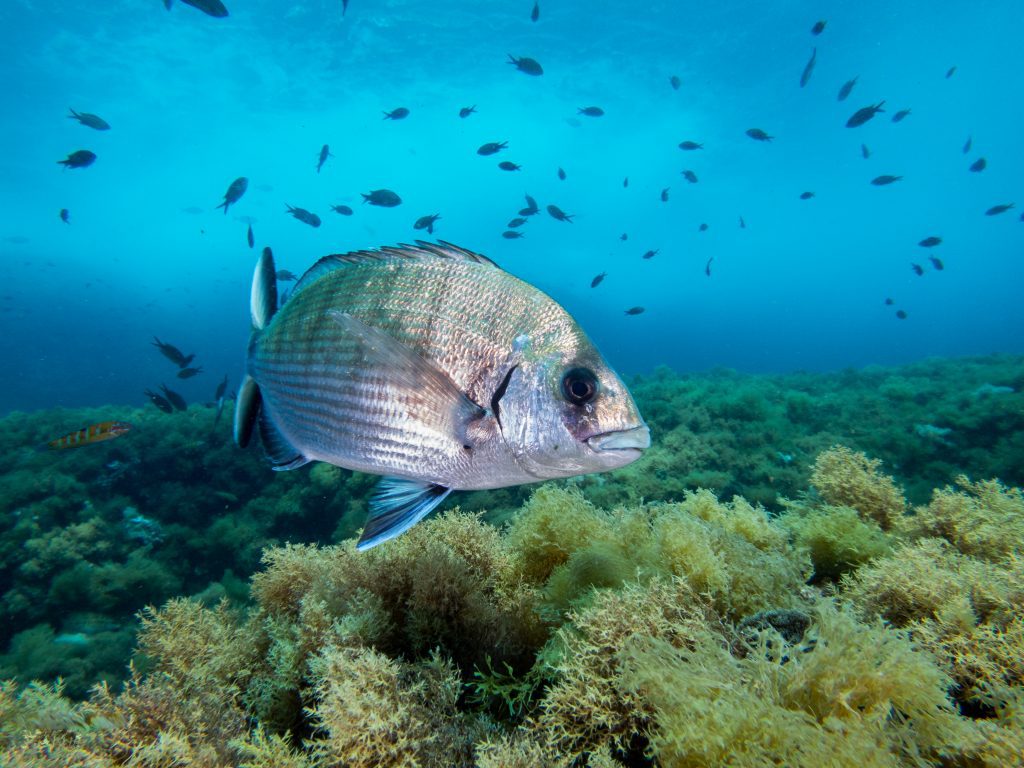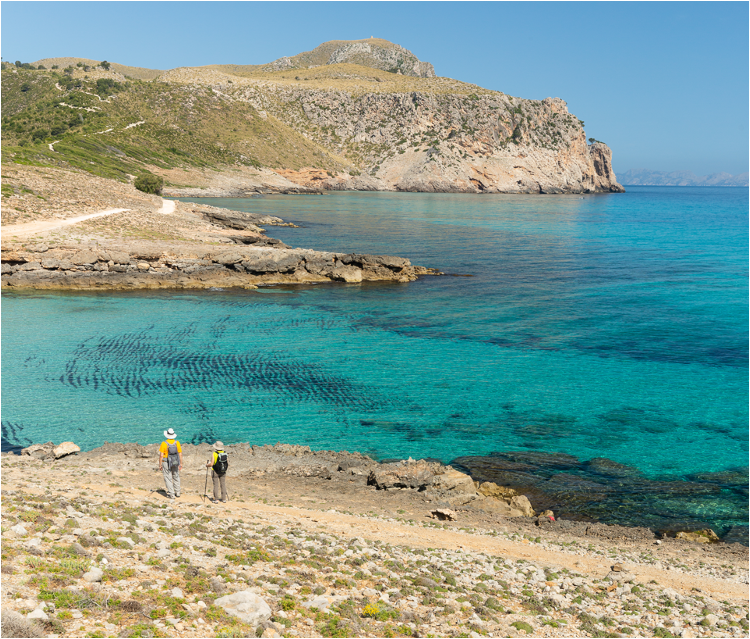Investing in Marine Protected Areas (MPAs) pays off. This is the conclusion of an investigation into the benefits of Mediterranean marine reserves for the economy and wider society, commissioned by the Marilles Foundation and developed in collaboration with Ecoacsa, the Balearic Center for Applied Biology (CBBA) and the British consultancy eftec.
-
The study reveals that for every euro invested annually in the MPA of Llevant generates 10 euros of benefit.The study reveals that for every euro invested annually in the MPA of Llevant generates 10 euros of benefit.
-
This is the first time that a natural capital accounting methodology is applied to a Spanish marine protected area.
-
A methodological guide has been published together with the investigation, to facilitate the application of natural capital accounting to other marine protected areas.
-
The investigation has been conducted within the framework of the European Interreg Med MPA Networks project.
The Fisheries Marine Reserve of Llevant in Eastern Mallorca (Balearic Islands) covers 11,000 hectares, of which 5,900 hectares are under autonomous jurisdiction and 5,100 are under state jurisdiction. It was established in 2007 at the request of the fishermen’s association of Cala Rajada to improve catch and economic performance of the small-scale fleet, but results suggest that benefits go far beyond fisheries-related benefits:
-
The natural capital from the Marine Protected Area of Llevant is contributing EUR 4,826,518 per year to the local economy, equivalent to EUR 425.75 per hectare annually. Present value of future benefits within a horizon of 60 years exceeds EUR 126 million.
-
Annual investment to maintain the natural capital of the reserve is EUR 473,137.
-
Services related to recreational activities represent the largest share of the benefits, with 65% of the total (EUR 3,141,340), followed by regulation services such us prevention of coastal erosion (EUR 772,547, 16%) and maintenance of biodiversity (EUR 447,313, 9%).
-
Although the 7.4 tons of fish landed by the professional fishing fleet have a small economic value (EUR 129,646) in comparison to the overall benefits. The MPA has helped maintain jobs in a sector which has been declining over the past decades. This value has not been included in the final estimate.
Natural Capital Accounting
Natural capital accounting is a practical framework that can help public and private actors make better decisions through a better understanding of the interaction between the economy and the environment. Specifically, it provides a systematized process to measure and report the stocks and flow of natural capital, considering both biotic resources (habitats and species) and abiotic (water, soil, atmosphere, minerals …) and the flow of benefits that these generate (services ecosystems). The premise of natural capital accounting is that the environment is essential for society and the economy, so it has to be considered as a valuable asset that must be properly maintained and managed, and the ecosystem services that it provides are properly integrated into the national accounts systems.
To build the natural capital accounting system, Ecoacsa has relied on the Corporate Natural Capital Accounting developed for the United Kingdom Natural Capital Committee, which are aligned with the System of Environmental Economic Accounting of the United Nations (SEEA EEA), recently approved on a global scale.
The application of this accounting framework has allowed knowing and accounting for the economic value of the biodiversity and marine ecosystems of the Llevant MPA, as well as the relationship between these, the economy and the well-being of the residents who live and work in the area, along with the tourists who visit its coasts and enjoy its sea. This is essential to have rigorous information that facilitates decisions aligned with local needs and broader commitments in terms of sustainability to the various actors with responsibility for the management of protected areas.
Marine protected areas in the Balearic Islands and Spain and the 30/10 target for 2030
As part of the EU Biodiversity Strategy, Spain has committed to declaring a minimum of 30% of its marine surface as a marine protected area by 2030 and a minimum of 10% of its marine surface under strict protection.
The Balearic Islands have a network of marine protected areas that cover up to 21.5% of the Balearic Sea. In inland waters (those under the jurisdiction of the Balearic Government) this percentage increases to 40%. It is a high percentage compared to other areas of Spain, Europe or the Mediterranean. However, only 0.16% of the Balearic Sea – 45 km2 equivalent to half of the island of Formentera – is an integral reserve and is closed to fishing. And only a part of the area declared as MPA has a management plan.
Even so, the Balearic Islands are one of the most advanced Spanish regions in terms of marine conservation. Most of the Balearic marine reserves are giving good results in the form of a greater biomass, an increase in the size and diversity of fish of commercial interest and an improvement in the status of vulnerable species and habitats, with all the economic benefits that this entails. However, the vast majority of MPAs in the Balearic Islands and the rest of Spain perform below their potential because they lack the necessary means to guarantee good management, monitoring and surveillance. A study by the Marilles Foundation carried out in 2019 calculated the annual investment in the MPAs of the Balearic Islands at about 3 million / year; and that although the number of marine protected area has increased notably in recent years, the expenditure per protected hectare has decreased in comparison. The growth rate of protected marine surface in the Balearic Islands during the last 40 years has been 135 times higher than that of integral reserves (no-take zone).

Image: Miquel Gomila



No Comments
Sorry, the comment form is closed at this time.